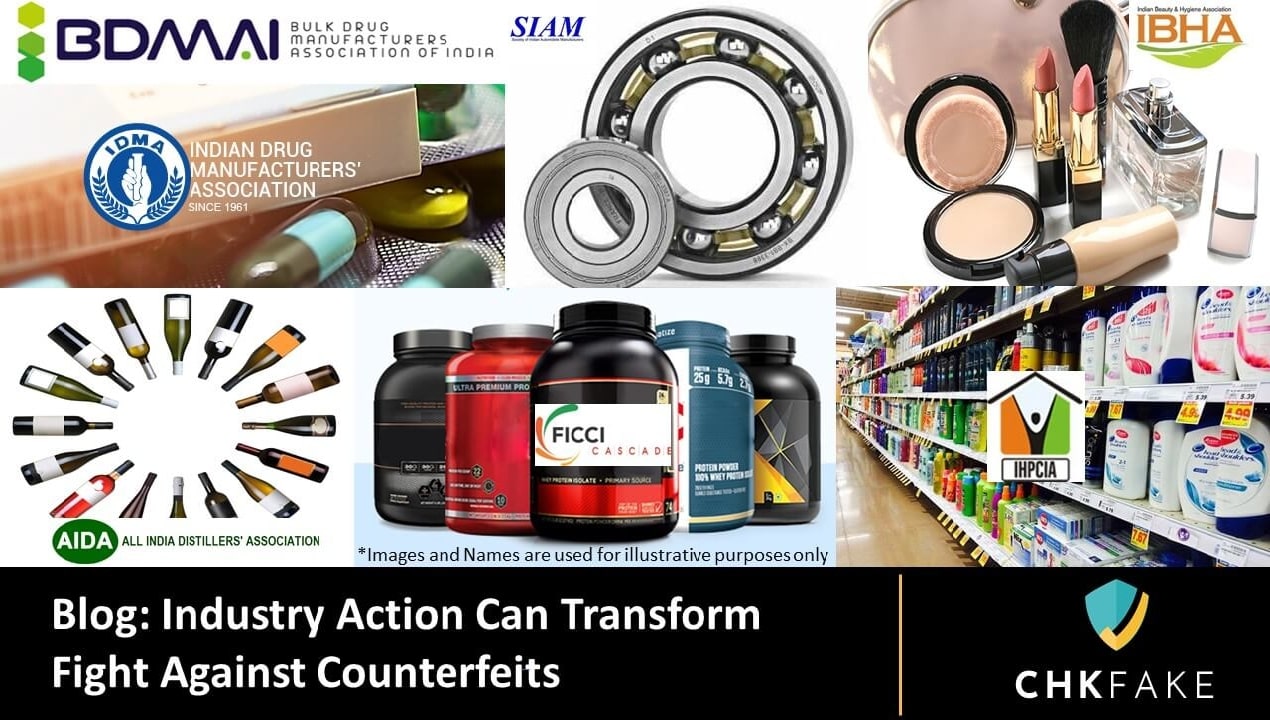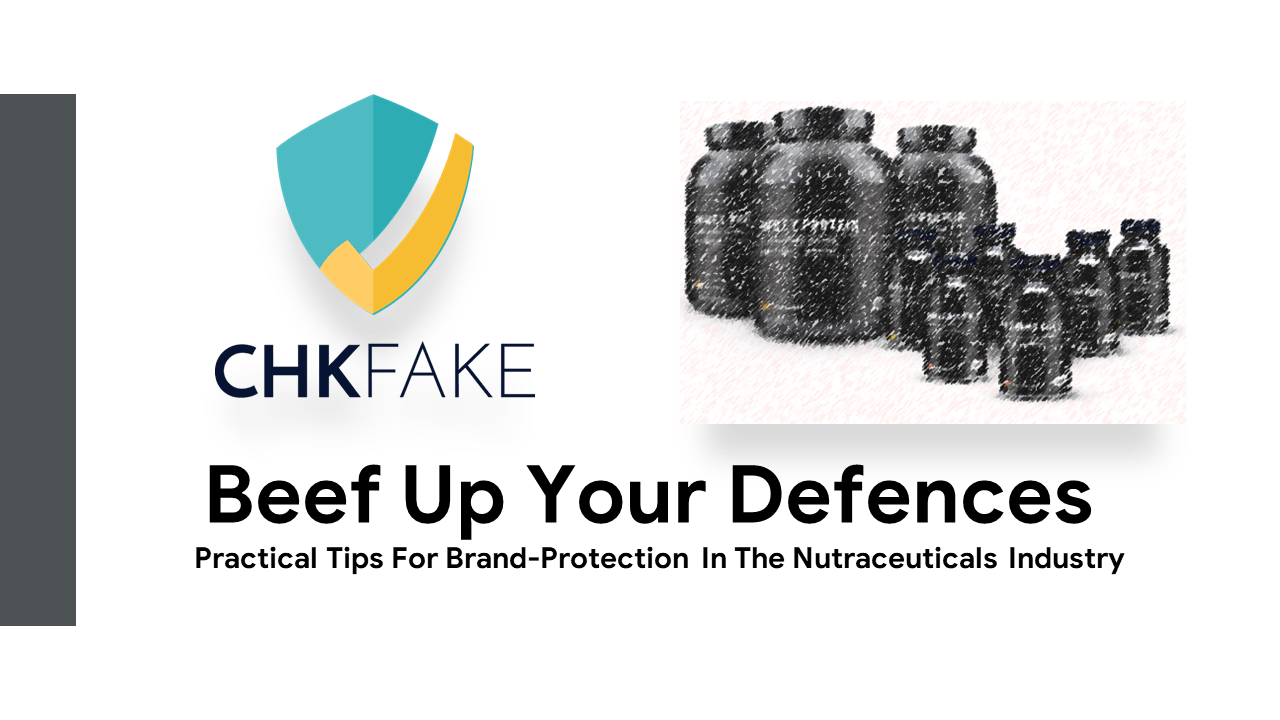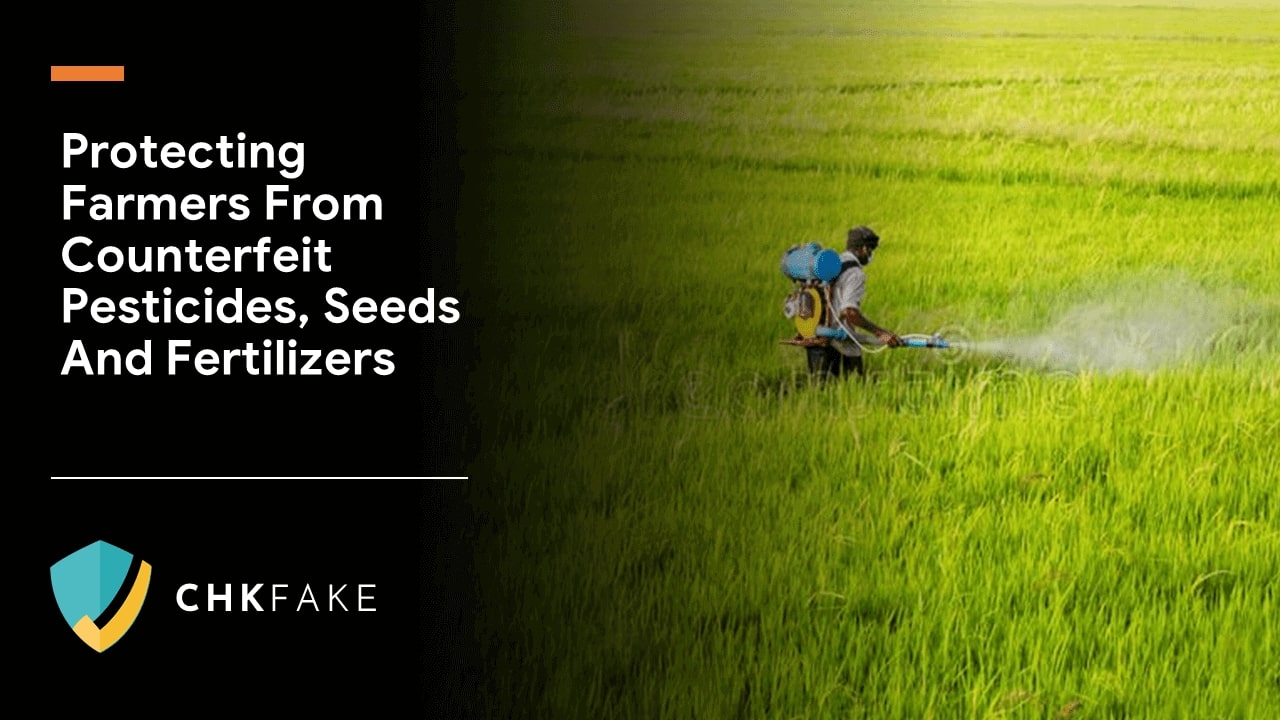Counterfeiting and other infringements such as knockoffs, replicas etc. are today a globally flourishing business involving extremely complex supply chain networks and is increasingly flooding the markets both online and offline with unsafe and potentially harmful products.
The brands can only take any action if they know where the infringements are or how the entire supply chain for infringements is working. Despite access to the best of technologies today, identifying the scale and expanse of infringement operations still remains a challenge.
A radical new approach is needed to make an impact and get visibility of where the infringements are. An approach in which brands are harvesting leads from all the channels in a streamlined manner. Only when the leads reach a critical mass can the brand start seeing patterns in infringements and take enforcement action
Where to find the fakes?
While no single precaution or approach can guarantee protection against infringements, a mixture of robust processes, control and technology solutions can secure your value chain. Here are some challenges faced by brands to find the fakes.
1. Brands mostly rely on two channels for infringement leads – customer complaints and leads from investigative agencies. The scale of leads they get from these channels hardly covers the total market of infringements/ lookalikes/ fakes in any geography or product category. Any actions Brands take on these leads barely makes a dent on the total infringement challenge they face.
2. A lot of brands don’t take brand protection seriously enough and are very reactive in their approach. They are not geared to proactively keep an eye on their brand’s infringements in the market, and just limit their actions to the leads that sporadically come their way, With this ad-hoc ‘whack a mole’ approach, they are playing a game of chance as far as shutting down high-value infringers are concerned. If the brand is lucky, they come across a big fish and are able to shut it down. Otherwise, it is just a wait and watch game, hoping that the tide turns while they waste precious team resources and budgets in managing small enforcement actions.
3. The few Infringement leads that get reported to Brands come to them from various stakeholders via multiple communication channels like face-to-face conversations, e-mails, phone complaints, WhatsApp, customer service helpline, and online complaints.
The process to get these leads to the legal and brand-protection team is not standardized. As the leads navigate through the layers in the organisation, they either get lost, or reach decision-makers too late, or have inadequate information and need repeated follow-ups to get the full picture.
How to improve infringement lead generation?
Based on our experience here are some of the practical tips that brands can deploy to really kickstart the infringement lead generation engine into the next gear:
1. Brands should consider tapping into all the channels including customers, investigators, customer service, field sales, employees, retailers, and distributors for infringement leads and expand the catchment area to harvest them. It is a missed opportunity even if one of the channels is missed

2. To capture and know where the infringements are, all members of the value chain – sales team, channel partners, customers, etc. should be able to report leads in a standardized and streamlined format. Every lead should have all the necessary evidence to enable the Brand to take the right enforcement action.
This allows real-time alerts and easy prioritization for lead harvesting and clustering. Using systems and platforms like Chkfake to capture this data would ensure adequate market coverage.
3. The brands need to become proactive in their approach to create awareness of the problem with internal and external stakeholders. Leads are present but the brands are not tapping into them. The right strategy would be to proactively raise the importance of reporting leads within all channels. We have seen this work really well with a low investment rewards and recognition program.

Source
Only when infringement leads are plentiful can the brand start seeing patterns in infringement instances, and can link it back to high-value targets like the manufacturer or importer.
Infringement leads are the lifeblood of any strong brand protection program. Only quality leads generated at scale can help reach the ‘big fish’ counterfeiters and infringers and shut them down.
If you liked what you read, please do share in your network. You can follow my articles on LinkedIn and Twitter, or subscribe to My blog.
_________________________________
Tanmay Jaswal is the Founder of Chkfake, a start-up that is disrupting the anti-counterfeiting industry by creating an eco-system of all stakeholders to join the fight against fakes together. The Chkfake mobile app allows users to verify genuineness of any product irrespective of category or brand.
Tanmay has 26 years of global experience in business leadership, marketing and strategy in companies like Coca-Cola and Shell and is an acknowledged authority on brand protection. He has headed the brand protection function for Shell globally and has extensive experience in this space over the last 8 years.






0 Comments